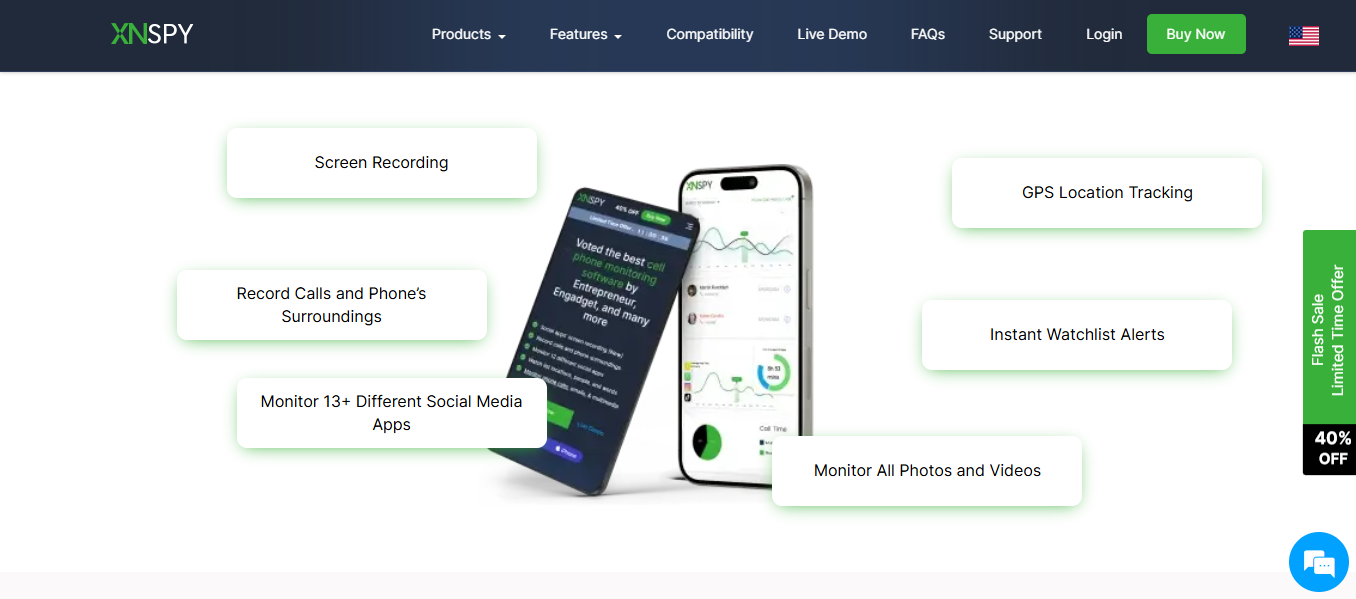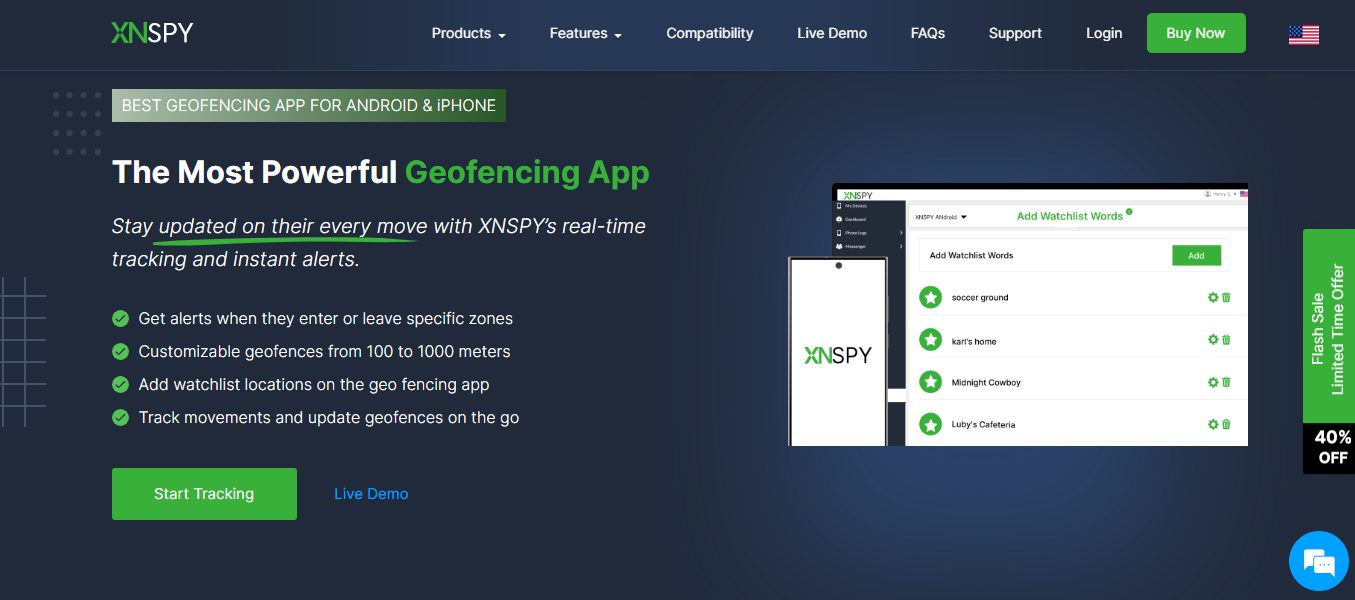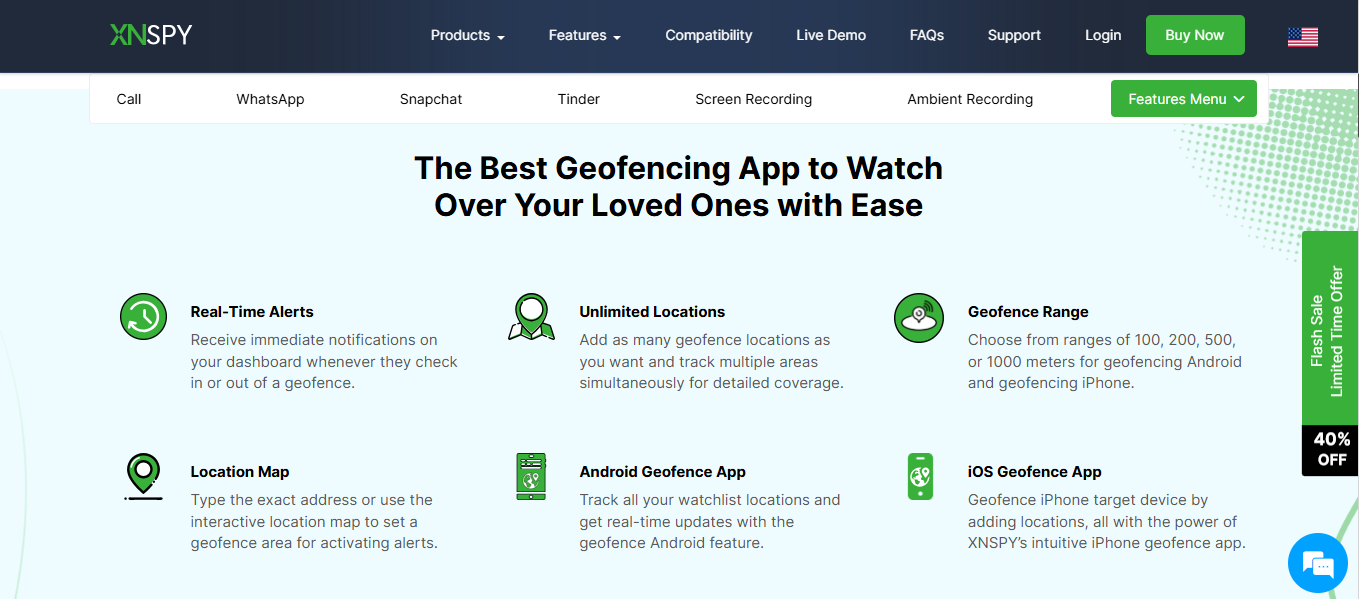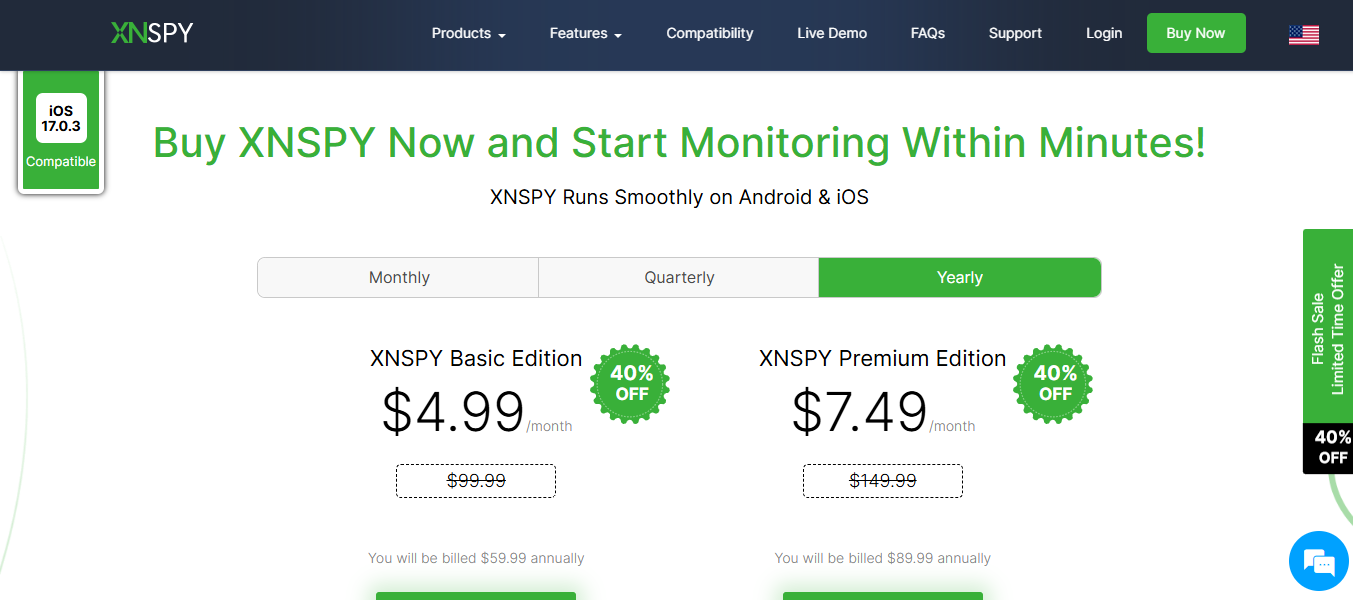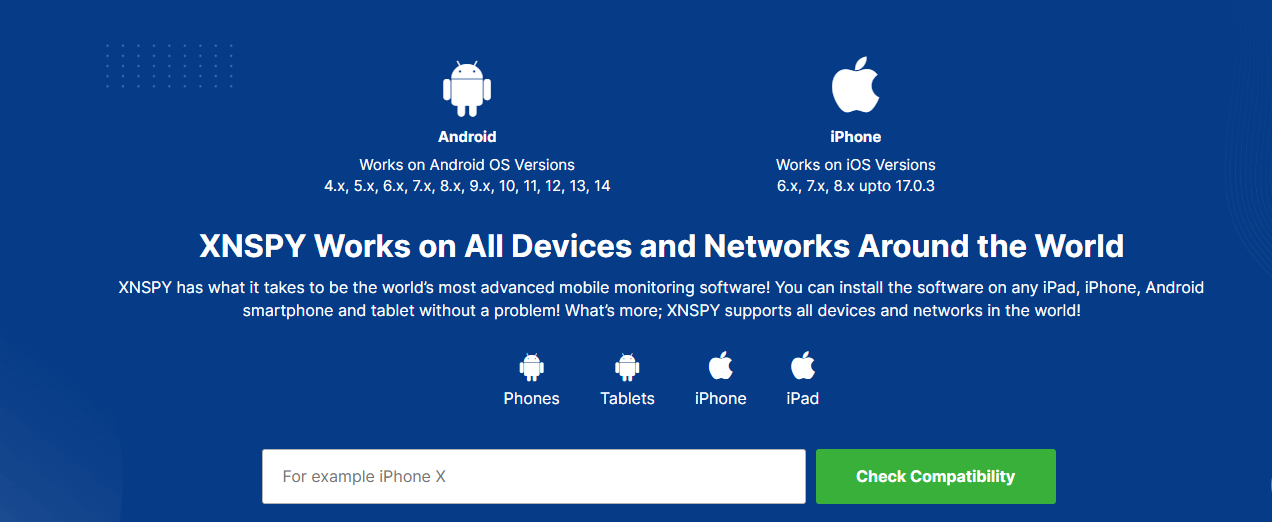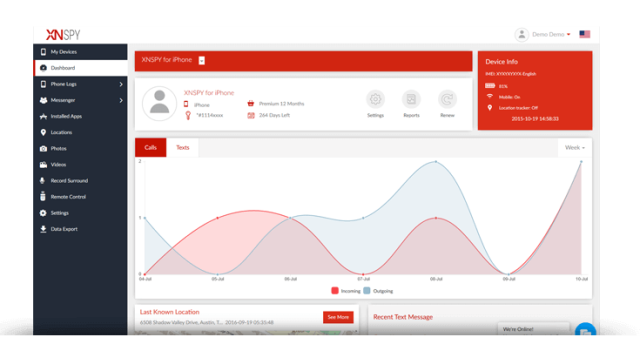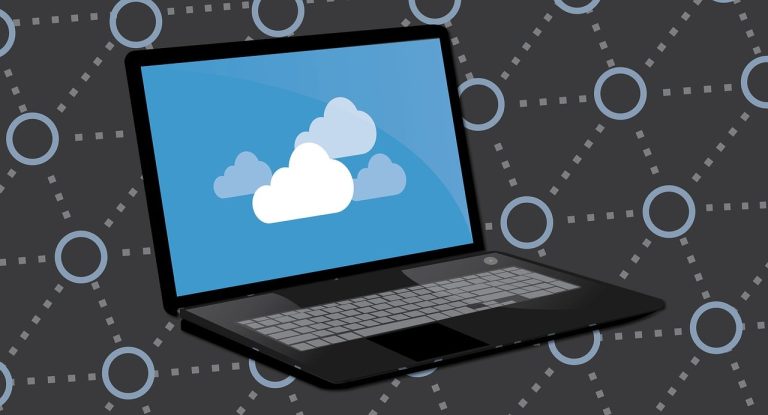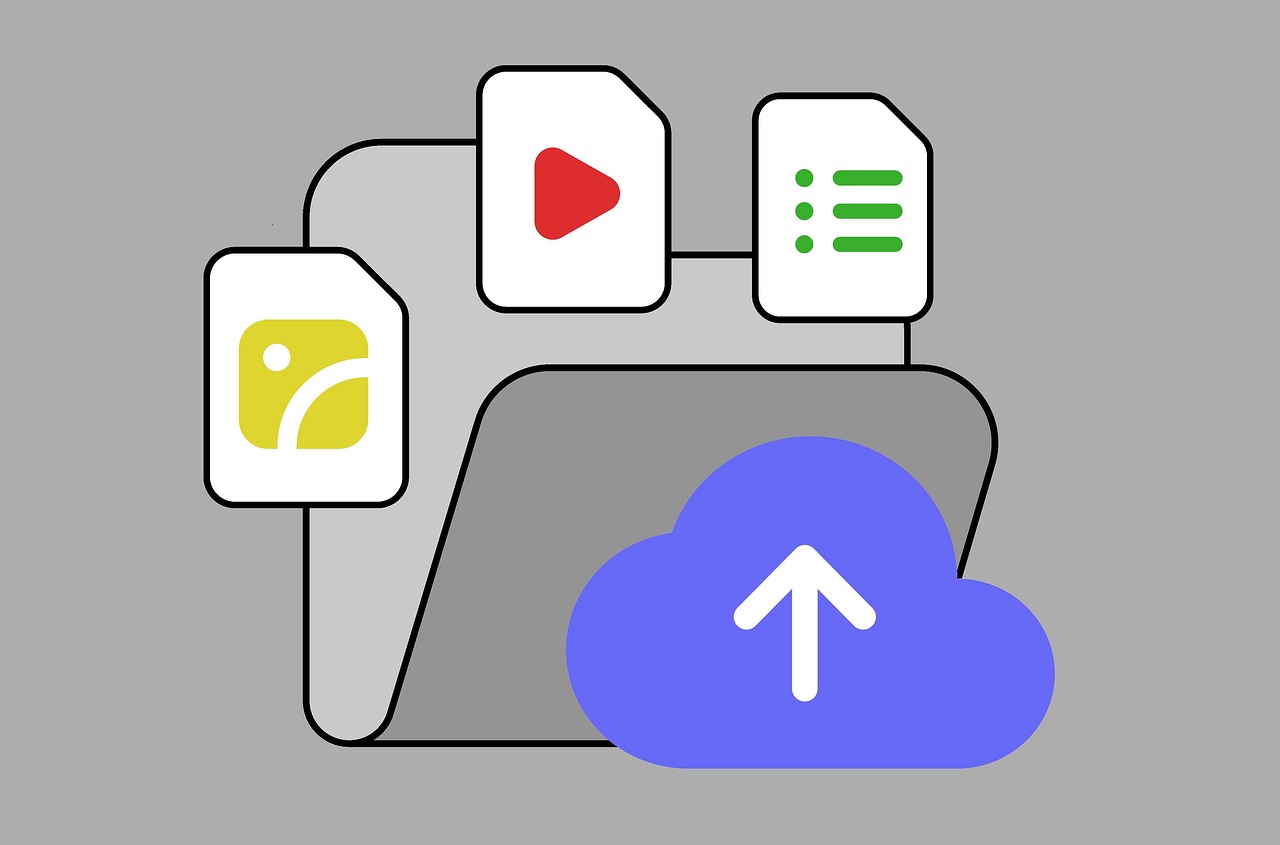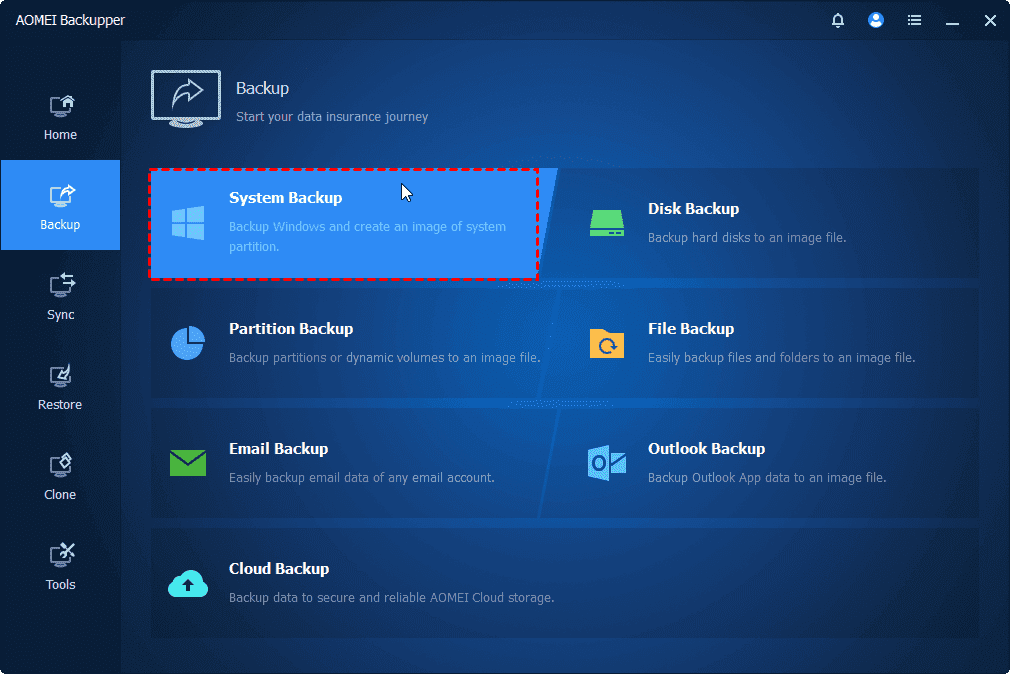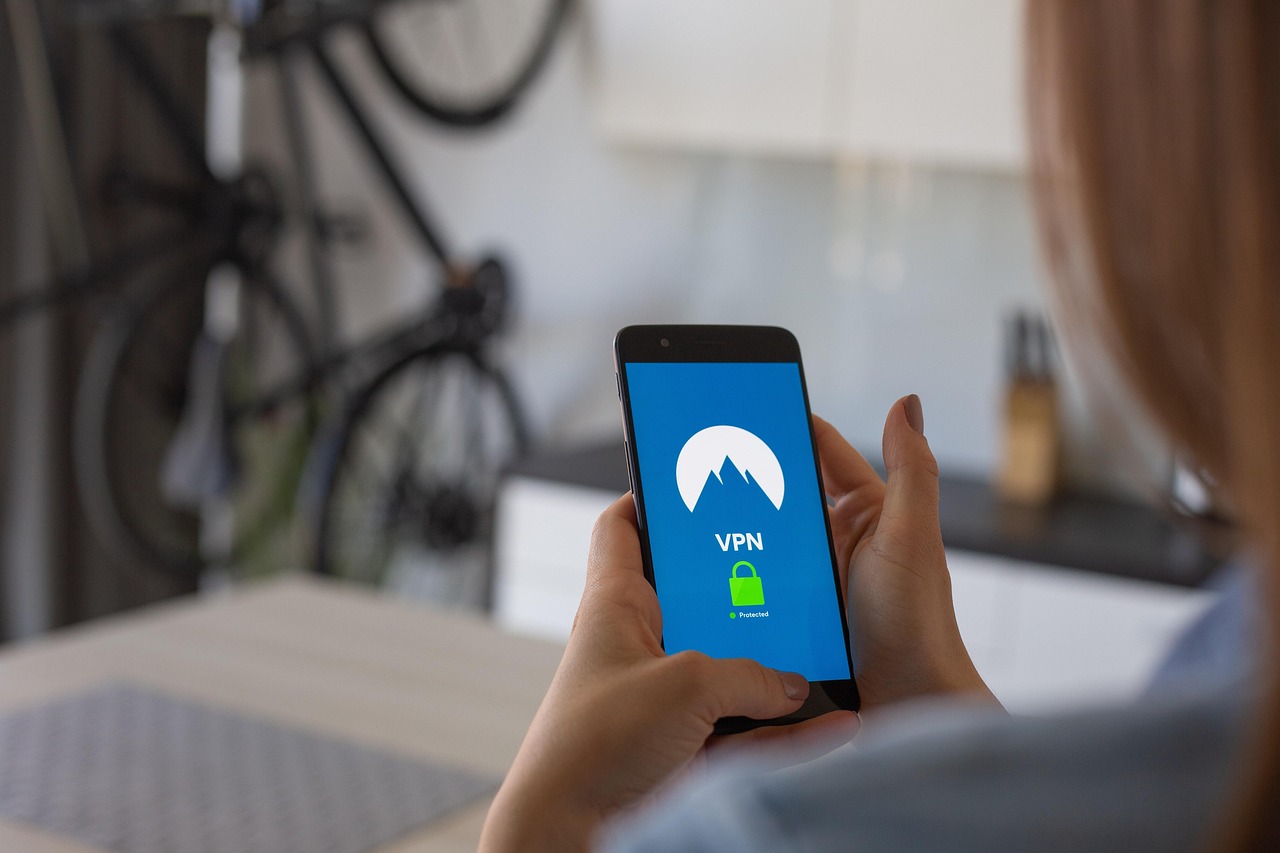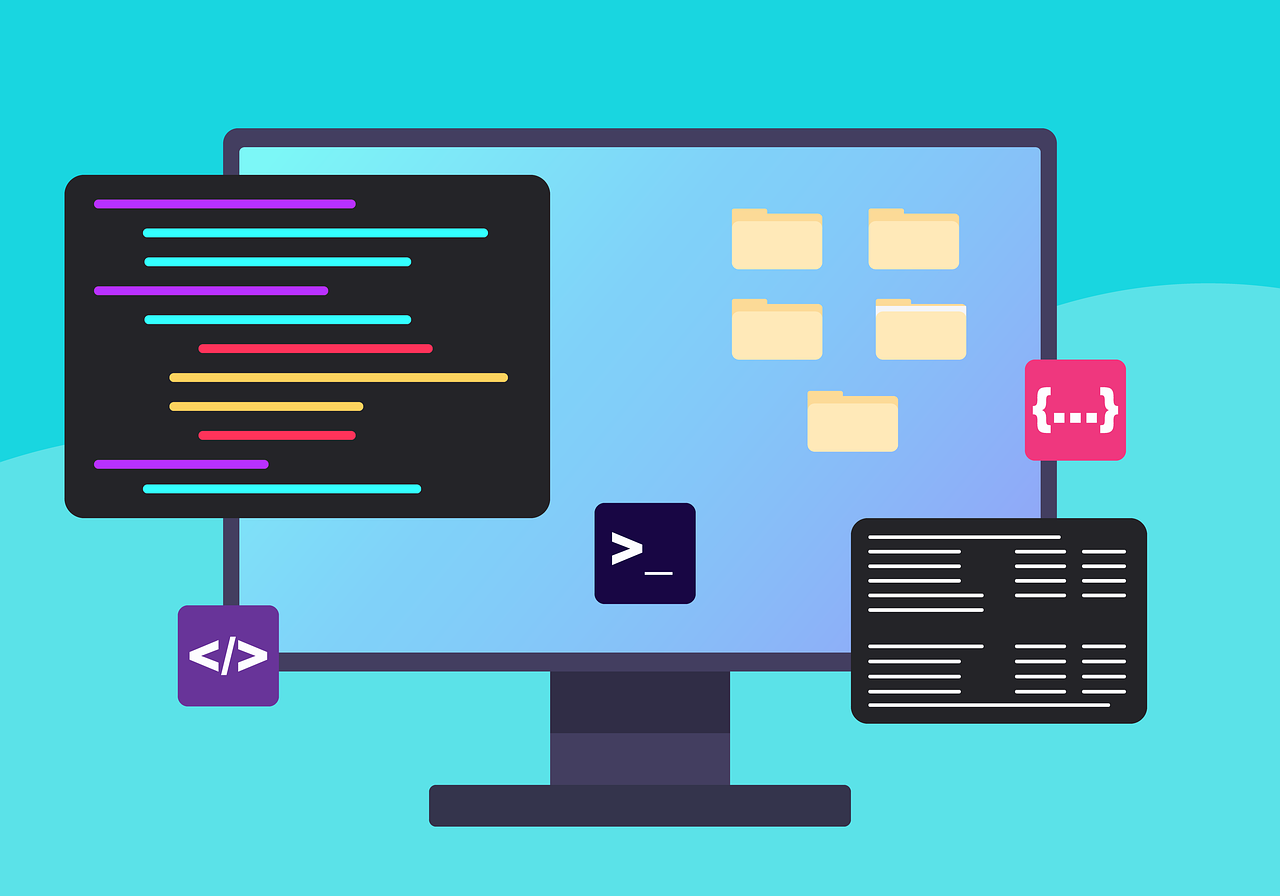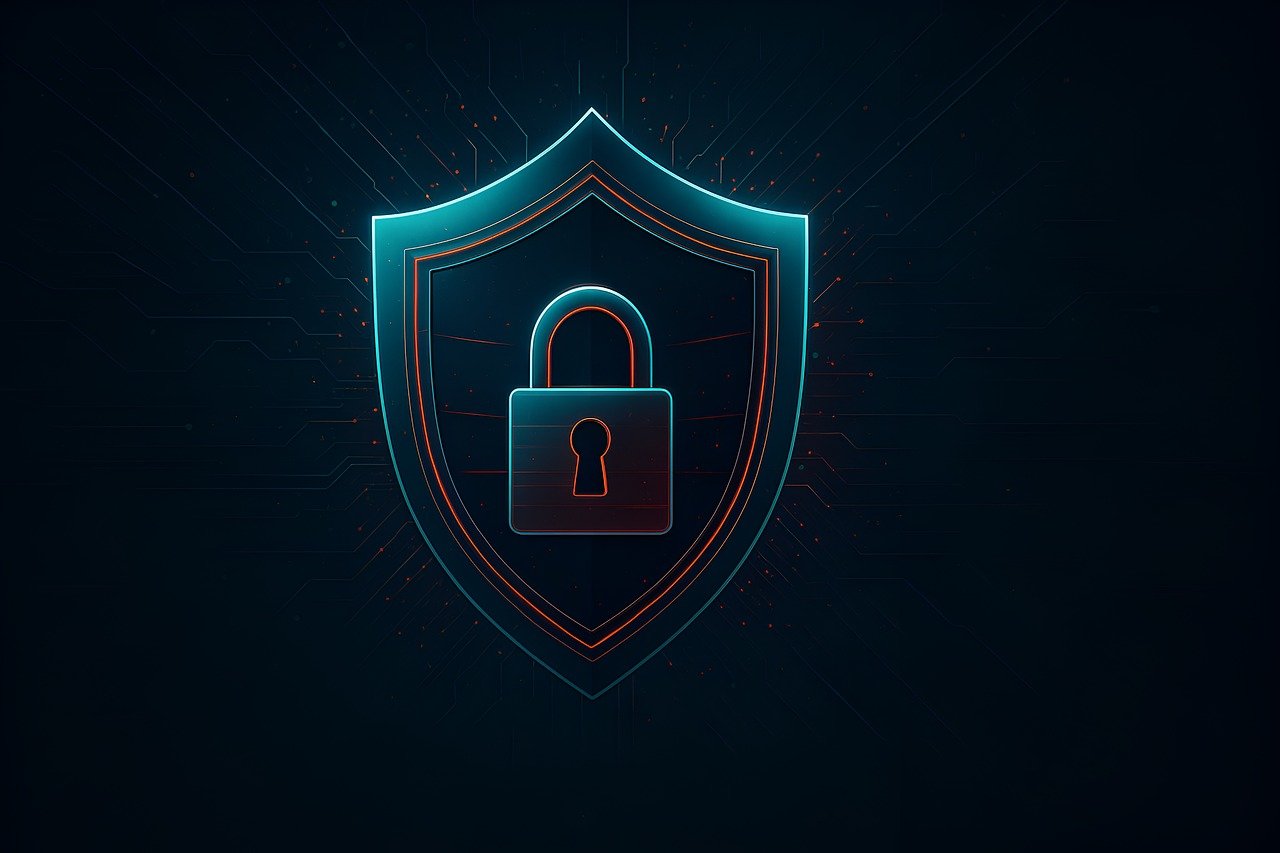Learn how Xnspy’s location tracking and Geofencing features really work in this post.
Location tracking has played a significant part in creating the digital world we have today. From tracking airplanes, parcels, or loved ones, location tracking has ensured safety reliably and effectively. In a way, it has also provided children with the liberty to go out without worrying their parents too much about their whereabouts.
While parents can directly request location sharing or use basic tracking apps with locking features, they often are not feature-forward. For example, in location sharing through Google Maps, you cannot set geo-fencing alerts. This is where you need a dedicated monitoring tool like Xnspy.
Xnspy is a location tracking and geofencing app that provides comprehensive, real-time location information for peace of mind. In this article, we will discuss how Xnspy’s location tracking and geofencing work. You will also learn how to get started and what additional features it has.
Table of Contents
What is Xnspy?
Xnspy is a parental mobile monitoring app that helps you keep track of digital and physical activities on a target device. It offers a wide range of features that provide in-depth details not just about the location.
The app intends to provide complete protection to your loved ones, so that you are assured that they are not experiencing cyberbullying or engaging in an inappropriate or dangerous activity.
A few of the features that Xnspy provides, which make it a more adequate app, are its real-time updates, constant monitoring, and detailed reports. It also offers the stealth mode that lets you monitor silently without detection. This feature ensures that your child doesn’t turn off the location sharing, and you know where your loved ones are at all times.
Xnspy is lightweight and has minimal impact on device performance. Additionally, it features an intuitive dashboard and a straightforward setup, allowing even non-technical users to navigate its tools with ease.
How Does Xnspy’s Geofencing Feature Work
Xnspy’s geofencing feature lets you set virtual boundaries. It means that you can choose locations that are safe for your loved ones. For example, if you are tracking your children, you can set the school’s radius as safe, and every time your child leaves the premises, you will receive alerts. Here is what you will get in this feature.
Email Notifications
Xnspy sends alerts via instant emails. So when the device enters a geofenced location, you will get an email stating that the device has entered that particular location. This feature keeps you informed at all times, without constantly looking at the dashboard.
Real-time Alerts
The app sends instant alerts. You don’t have to wait for the dashboard to be updated to get the emails.
Radii Options
To set the geofence on Xnspy, you can set flexible radius sizes directly from the dashboard. Whether it is a small area like your house or a larger one like a neighborhood, you can choose the area. You can choose a radius from 100 m to 1000 m from the app.
Check In/Out Option
The feature also provides the timestamps of when the target device checks in and out of a geofenced area. Even if you view notifications later, you can still create a proper timeline of the location.
How Does Xnspy’s Location Tracking Feature Work?
Xnspy’s location tracking feature is detailed and leaves no stone unturned. This feature is beneficial for tracking both loved ones and company phones. With its combination of live tracking and location history data, you will not be left with any doubts. Here are a few details that you will get within this feature.
Live Location
Xnspy provides real-time updates of the target device’s current position. You can see where they are at what time precisely.
Location History
The app also logs all the locations visited over a specific period. It saves the locations they have been to, along with the exact address and time. So even if you didn’t track continuously, you will know about every pit stop. You can analyze these patterns and decide if you need further information.
Map View
Xnspy maps are up-to-date and interactive. So if a location is new and you don’t recognize it, you can move around and know precisely where the target device is.
Precision
Xnspy provides the precise data. It uses GPS, Wi-Fi, and cellular data for location, so there is no room for miscalculated or approximated location.
Address Details
The address information on the app is accurate to the level that you will know details about street names, landmarks, and timestamps. This provides an added layer of understanding with the visual aids on the map. If somehow the map is confusing, you can check these details.
How to Get Started With Xnspy
Setting up Xnspy is easier; you just have to follow a few steps. The app guides you throughout the process so you don’t have to worry at all. Here is what you need to do.
- Choose a Subscription: All plans are available at the Xnspy website. Visit the website and select either the Basic or Premium plan based on your needs.
- Install the App: Once you have purchased the subscription, follow the provided installation guide to set up Xnspy on the target device. You need one-time access to the target device for installation, and later you can view data remotely.
- Enable Permissions: While installing the app on the target device, grant necessary permissions to ensure error-free functioning of location tracking and other features.
- Access Dashboard: When the app is installed, you can view all the information on the dashboard. You can log in to your Xnspy control panel from any web browser.
- Start Monitoring: From the dashboard, navigate to Settings to set up a geofence using the “Watchlist Location” option. Once it is set up, you can begin tracking location right away.
Other Features of Xnspy
In addition to being a location tracking and geofence app, Xnspy provides a wide suite of monitoring features that provide complete insight into the digital activities on the target device. The following are the features of the app that you can use for in-depth oversight.
Screen Recording
The screen recording feature is precisely used for social media monitoring. Xnspy captures periodic screenshots of popular social media apps, such as Facebook, Instagram, Snapchat, and YouTube, so you can see how the device is being used and whether the privacy is protected.
SIM Activity
This feature informs you when a new SIM is inserted in the target devices.
Keylogging
Xnspy records keystrokes typed on the device. Apart from knowing social media activities like comments and messages, you also know about searched and browser activities with this feature.
Instant Alerts
Like the geofencing app alerts, Xnspy sends alerts for specific words, locations, or contacts, depending on your settings.
Remote Controls
Xnspy also provides a few remote commands that allow you to be protective. It allows you to remotely lock the phone, wipe data, or take an ambient screenshot and listen to the surroundings through the microphone.
Chat Monitoring
Apart from screenshots, you can track conversations across popular apps like WhatsApp, Facebook Messenger, and Snapchat. It allows you to view deleted messages for the complete context.
Browser History
With Xnspy, you can view a list of websites visited. It also provides details of incognito browsing, and you can also see reports to check which links are most visited.
Screen Time
This feature shows how long the device has been in use. You can also view the time spent on each and the frequency of visits.
Installed App
Xnspy tracks and saves every app that has been installed on the target device. It also includes the app installed from other resources.
App Blocking
With the installed app feature, you can also block the apps that are inappropriate or not suitable for the target person. For example, you can block social media apps on company phones.
Xnspy’s Compatibility
Xnspy is compatible with both Android and iOS devices. On Android, it works across most versions, including Android 4 and above.
For iOS, it functions with or without jailbreaking, depending on the feature set you want. More precisely, it works with iOS 6 and above.
Xnspy’s versatility makes it suitable for monitoring a wide range of smartphones and tablets. For more exact information, you can check the compatibility directly from the website.
Xnspy’s Pricing Plans
Xnspy offers two subscription models for users. You can choose the monthly, quarterly, and yearly payment plans for each.
Basic Subscription
The basic plan includes essential features such as call logs, SMS monitoring, and location tracking. The yearly subscription is for $4.99/month.
Premium Subscription
Xnspy premium plan includes all features such as geofencing, instant alerts, social media monitoring, and remote controls. This plan provides comprehensive oversight, and a yearly subscription will cost $7.49/month.
Xnspy Pros and Cons
Here are the Pros and Cons of the app to clear out any doubts.
Xnspy Pros
- The app provides real-time location updates. It is precisely helpful in geofencing and keyword listings.
- Xnspy offers a wide range of monitoring features. It includes detailed social media monitoring and remote commands.
- Xnspy’s stealth mode is unbreakable.
- The dashboard is user-friendly, and navigation is much more straightforward.
- You get 24/7 customer service.
Xnspy Cons
- A few features of the app require rooting/jailbreaking.
- The monthly subscription prices are a bit high.
- It offers limited offline functionality.
Xnspy: Frequently Asked Questions
What is Xnspy used for?
Xnspy is primarily a parental monitoring app, but due to its extensive features, it can also be used for employee monitoring and general use. Mainly, it is used to ensure safety by tracking both digital and physical activities. The most notable features include call and SMS monitoring, social media tracking, keylogging, and location tracking.
How does Xnspy’s location tracking work?
It combines GPS, Wi-Fi, and cellular data to provide precise location updates. You can view Live location and location history along with timestamps and map-based tracking. You can also get geofence alerts for worry-free tracking.
Is Xnspy detectable on the target phone?
No, Xnspy works in stealth mode, running silently in the background without appearing in the app list.
Does Xnspy work in stealth mode?
Yes, stealth mode is a core feature of the app. Once the app is installed, it hides itself. This attribute prevents uninstallation and provides discreet monitoring.
Can Xnspy send real-time alerts to email or phone?
Yes, if you set alerts, you will receive instant emails and in-dashboard notifications whenever geofencing or keyword triggers are activated.
Final Thoughts
Location tracking and geofencing have become essential tools for safety and accountability. The use of these features is not limited to just children; you can also use them for elderly loved ones to be assured that they are safe from any harm, like scammers or hackers.
As a location tracking and geofencing app, Xnspy focuses on providing peace of mind without requiring you to check your phones constantly. It delivers on all fronts with real-time updates, detailed logs, and customizable geofences.
While Xnspy provides complete insights, it should be used responsibly. Whether you are tracking children, employees, or loved ones, you need to get consent and check local laws on tracking. Ultimately, Xnspy offers a balance of functionality and reliability for those who need indepth monitoring.
INTERESTING POSTS
- How To Hack A Smartphone With Xnspy App
- 10 Certified Benefits of Identity Theft Protection
- The new Firefox password manager now alert users with leaked passwords
- How To View Your Saved Passwords on Any Device [Mac, Windows, Android & iOS]
- Is Surfshark Antivirus For Mac Worth It? [Here’s the ANSWER]
- Online Privacy – Why It’s Important And How To Protect It


